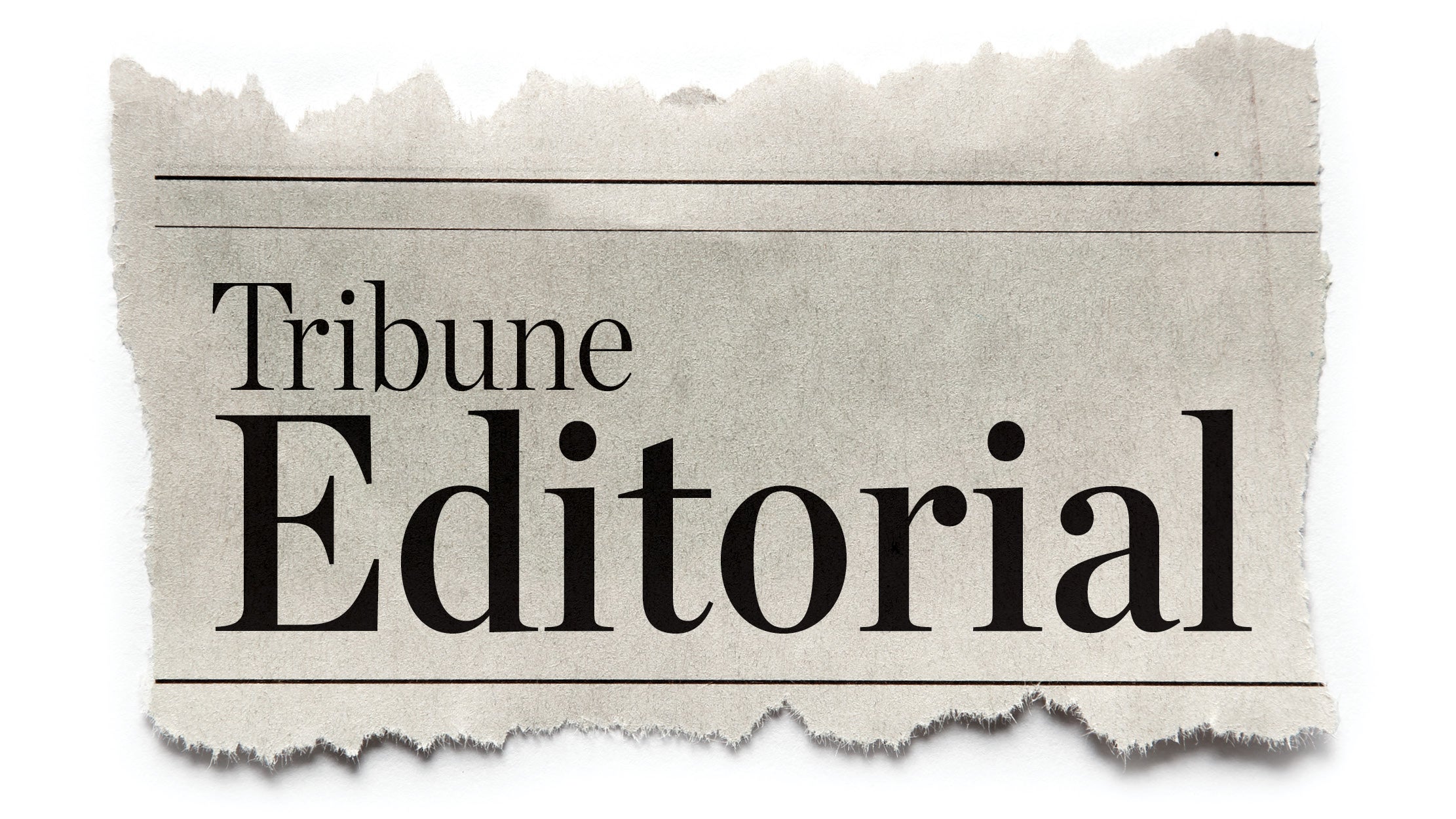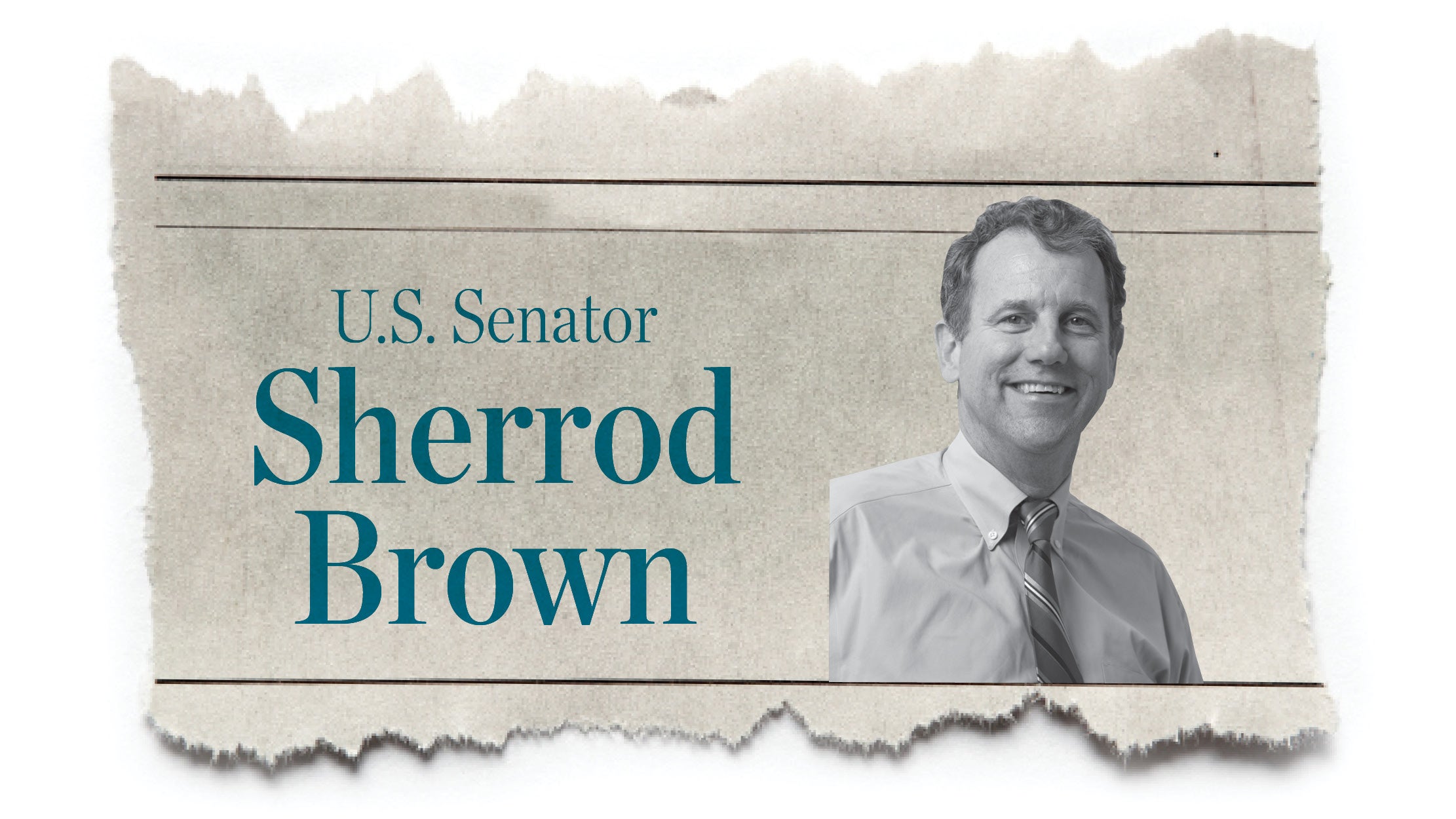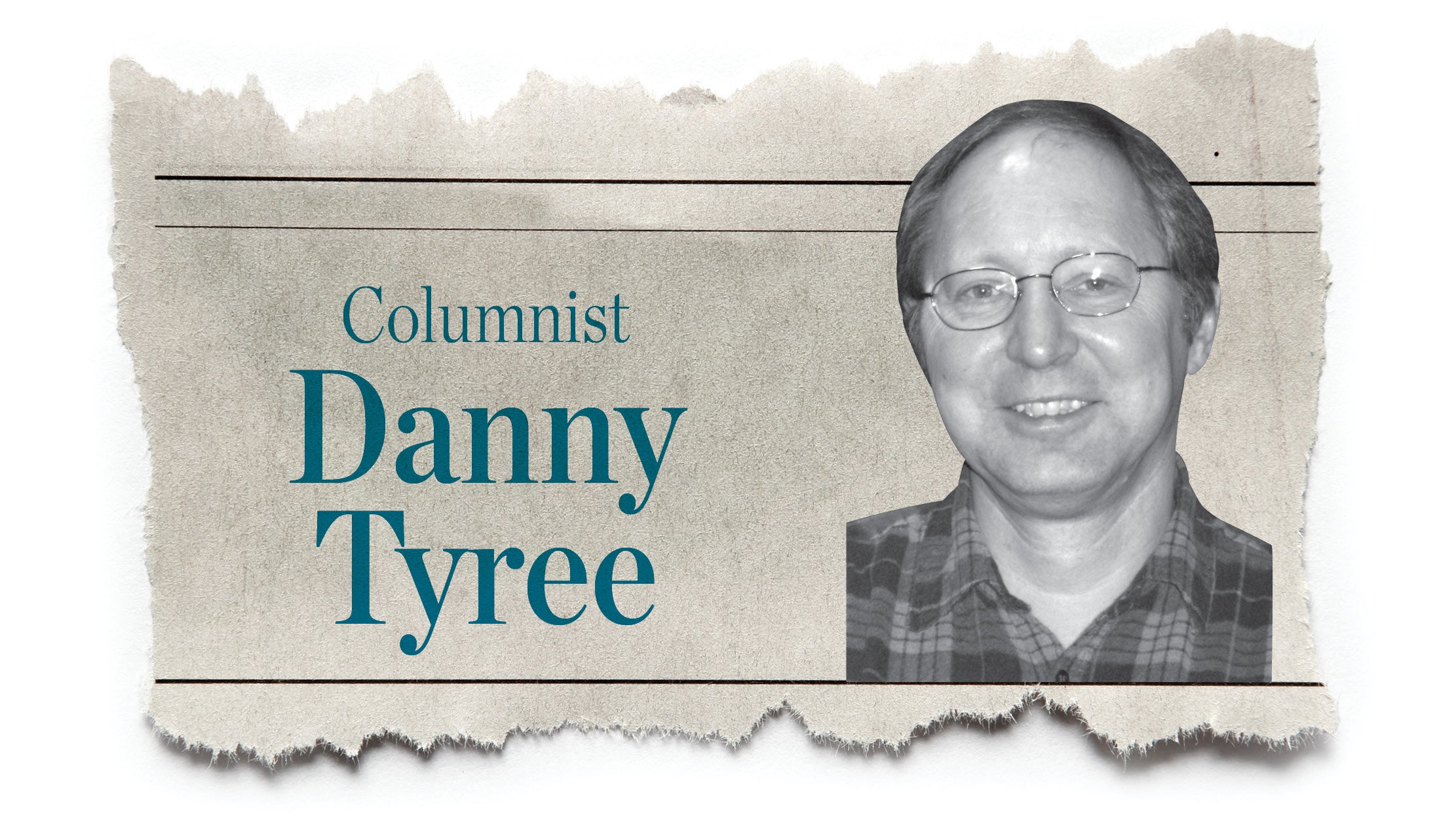EDITORIAL: Reader suggests another runoff solution
Published 12:00 am Wednesday, November 29, 2023
Shortly after the general election, we wrote in this space about the issues caused by Ironton’s system of a mayoral runoff – the two-week window giving little time for county election official to prepare, limiting it to in-person voting and one polling place, etc.
We proposed a few possible solutions – extend the time until the runoff; doing away with the runoff, set by the city’s charter, entirely; or going to having an earlier election to go with the primary in the county.
Extending the time to schedule a runoff from two weeks to a month or so would give officials more time to prepare, but it would leave in place an expense for the city with a second election.
As far as doing away with the runoff, we don’t feel this is advisable, though, as it does serve its purpose to narrow a candidate field.
If the mayoral race were limited to one election, with the candidate who got the most votes automatically being elected, you could have a scenario where five or six candidates run and the person who wins could have a little as a base of support as 25 percent of voters.
This would hardly be a consensus of the electorate and not a great foundation to lead.
Having an earlier vote, to coincide with the primary could narrow a nonpartisan field to the top two candidates, who would then face each other in a general election.
The advantage is that the primary election already takes place, so no further infrastructure would be needed. The drawback is that this would extend the mayoral campaign season by several months, which might burn out voters quickly.
But one Tribune reader wrote in with another possibility, reminding us of a system that could work and would also require no further election dates to be created.
Jim Norris spoke of raked choice voting, which he said he has read about when vacationing in Colorado.
Under this system, voters would, on their general election ballot, mark their first and second choice for mayor.
If a candidate failed to reach the 40 percent threshold to avoid a runoff, then election officials would take the top two candidates and add in second choice votes, creating an instant runoff, tallied that night.
The biggest obstacle here would be educating voters on how this process works, but this system could be seen in action in 2022, when the state of Alaska implemented it on their congressional race and, by all accounts, it went off smoothly.
So there are multiple solutions to the issue with the runoff system.
We hope that city officials think them over and consider making improvements before the next mayoral election in 2022.





